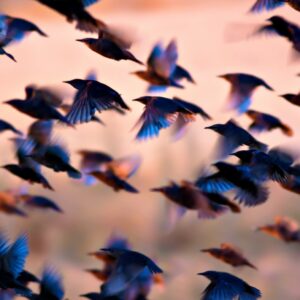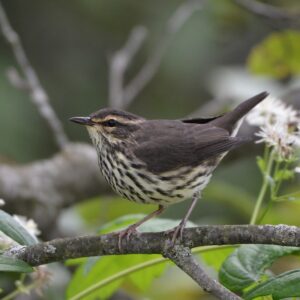Decision on Irving lauded
On Monday past, the forestry giant J.D. Irving pleaded guilty to a violation of the Migratory Bird Convention Act for the destruction of several Great Blue Heron nests in the summer of 2006. The heronry was located in a forest near Cambridge Narrows, about 80 kilometres north of Saint John, where the company was building a logging road.
Provincial Court Judge Patricia Cumming fined the company $10,000 and ordered it to make a $50,000 contribution to Bird Studies Canada (BSC) for bird research and conservation. Becky Whitham of BSC has indicated that this amount will be put toward the Maritime Breeding Bird Atlas, a massive, volunteer-driven, five year project led by BSC, along with many partners to document and map the breeding birds of the three maritime provinces (New Brunswick, Nova Scotia and Prince Edward Island).
The guilty plea and contrition of Irving is a very positive turn to this case after Irving’s failed challenge to the constitutionality of the very law under which they were charged in June of this year. Irving has pledged to improve its practices of environmental protection. The guilty plea and the unequivocal dismissal of the constitutional challenge to the MBCA both send very clear messages to industry that Environment Canada is serious about enforcing this Act, and that the Act can and will be used to protect migratory birds and their nests.
Nature New Brunswick, EcoJustice and Nature Canada all played a role as civil society organizations in supporting the Canadian Wildlife Service of Environment Canada in this case. Kudos go especially to Nature NB and their volunteers for carrying the torch for the Great Blue Heron and the Migratory Bird Convention Act, and for Environment Canada officials who left no doubt in Justice Cumming’s mind that this law is a legitimate and indispensible tool to protect bird populations in Canada.
Protecting herons and their nesting sites protects food chains, respects our laws, and ensures that this magnificent species has its place within the Canadian wild.



